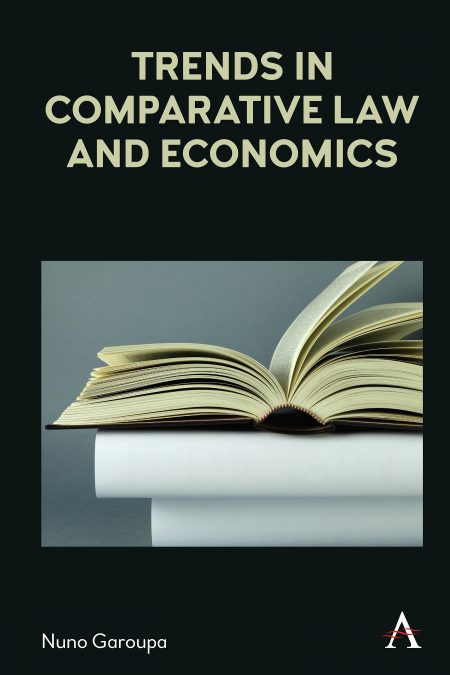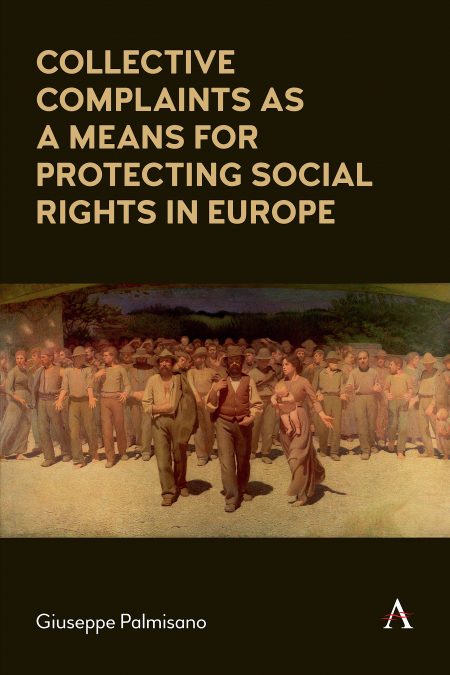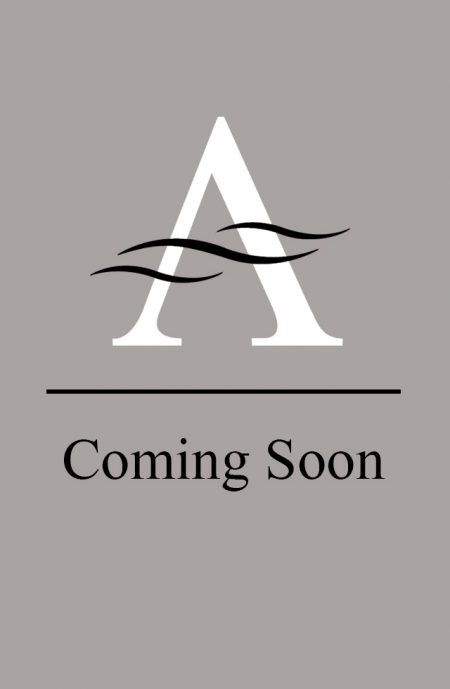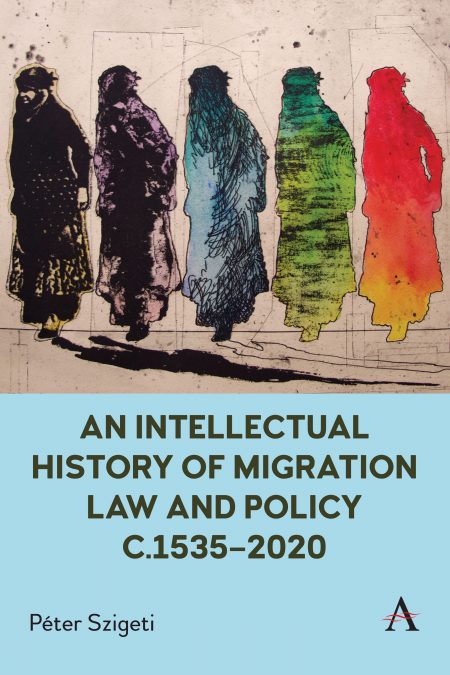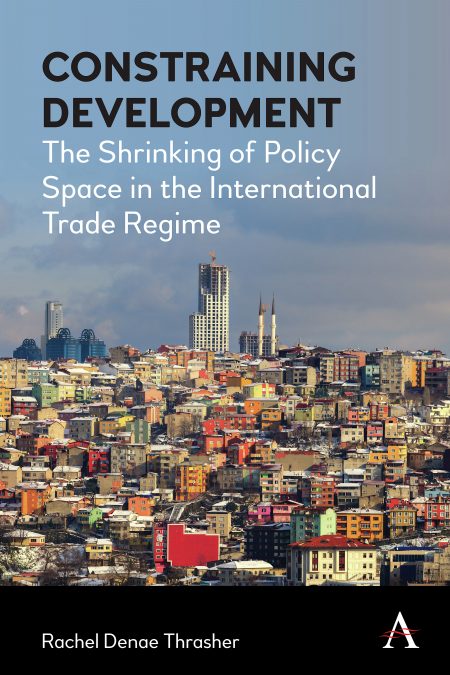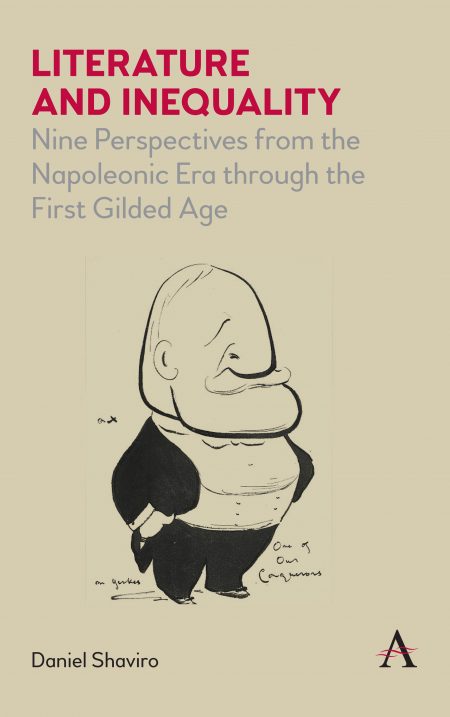Literature and Inequality
Nine Perspectives from the Napoleonic Era through the First Gilded Age
Daniel Shaviro
Select Format
Title Details
- ISBN: 9781785273667
- March 2020
- Pages: 234
- Imprint: Anthem Press
Today, high-end inequality in America and peer countries is at Gilded Age levels. These matters are too important and complicated to be left just to economists. A broader sociological and humanistic approach is necessary. Great works of literature, such as those by the likes of Jane Austen, Charles Dickens, Mark Twain, and Edith Wharton, are among the resources that can help us to better understand high-end inequality’s broader, culturally contingent, ramifications – not just in the authors’ own eras but today.
Daniel Shaviro’s Literature and Inequality offers a unique and accessible interdisciplinary take on how a number of great and beloved works from the nineteenth- and early-twentieth centuries help shed light on modern high-end inequality. In particular, Shaviro helps us to understand the relevance both of cultural differences between America and peer countries such as England and France, and of cultural commonalities between America’s First Gilded Age in the late-nineteenth century and its currently ongoing Second Gilded Age.
Daniel Shaviro is the Wayne Perry Professor of Taxation at New York University Law School, where his research focuses on tax policy and distributive justice. He is also the author of the satirical novel Getting It.
Introduction; PART ONE: ENGLAND AND FRANCE DURING THE AGE OF REVOLUTION; Why Aren’t Things Better Than This? Class Relations Within the Top One Percent in Jane Austen’s Pride and Prejudice; A Rising Tide Rocks All Boats: The Threat of Rising Prosperity in Stendhal’s Le Rouge et le Noir; Arrivistes, Rentiers, Mandarins, and Flunkies in Honoré de Balzac’s Le Père Goriot; PART TWO: ENGLAND FROM THE 1840S THROUGH THE START OF WORLD WAR I; Why Do “Scrooge Truthers” Hate Charles Dickens’ A Christmas Carol?; Not to Blame? Plutocrats, Capitalism, and Foreigners in Anthony Trollope’s The Way We Live Now; Unconnected: Rentier Intellectuals Uber Alles in E.M. Forster’s Howards End; PART THREE: GILDED AGE AMERICA; Anti-Success Manual? Mark Twain’s and Charles Dudley Warner’s The Gilded Age; No Success Like Failure? Edith Wharton’s The House of Mirth; Superhero or Bungler? Frank Cowperwood / Charles Yerkes in Theodore Dreiser’s The Financier and The Titan; Conclusion; Index.
“Literature and Inequality is an eye-opening and powerfully affecting book. By rereading literary classics through the lens of high-end inequality, and by emphasizing their fascination with the contest between patrimonial complacency and meritocratic ambition, Shaviro opens a new window into familiar texts. And by confronting us with the lessons of his readings, Shaviro compels a new reckoning with the rising high-end inequality and regenerated caste system that increasingly plague our own age.” —Daniel Markovits, Guido Calabresi Professor of Law, Yale Law School, USA, and Author of The Meritocracy Trap
Shaviro has successfully made a case for the study of creative literature by economists and tax specialists, who can now look at the history of literature as a history of their own. — Robert Appelbaum, British Tax Review (2021)
Westview News — Author Article
Related products
-
-
Collective Complaints As a Means for Protecting Social Rights in Europe
Giuseppe Palmisano
January, 2022
£24.95 / $24.95 -
-
An Intellectual History of Migration Law and Policy c.1535-2020
Péter Szigeti
June, 2022
£120.00 / $120.00 -
Empirical Assessment in IHL Education and Training
Better Protection for Civilians and Detainees in Armed Conflict
Jody M. Prescott
August, 2021
£125.00 / $125.00 -
Constraining Development
The Shrinking of Policy Space in the International Trade Regime
Rachel Denae Thrasher
July, 2021
£125.00 / $125.00


